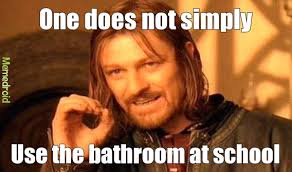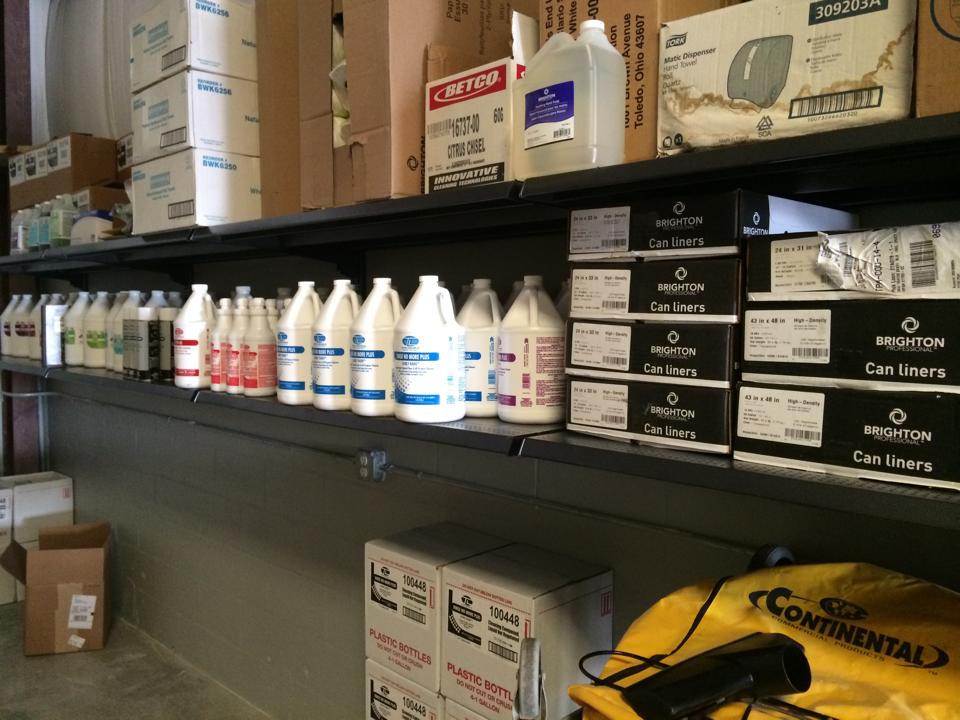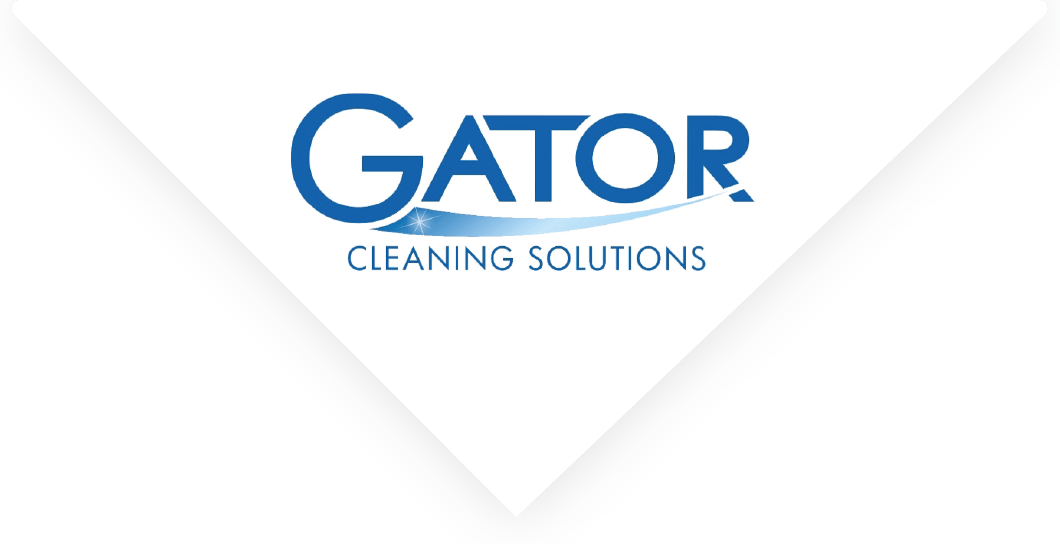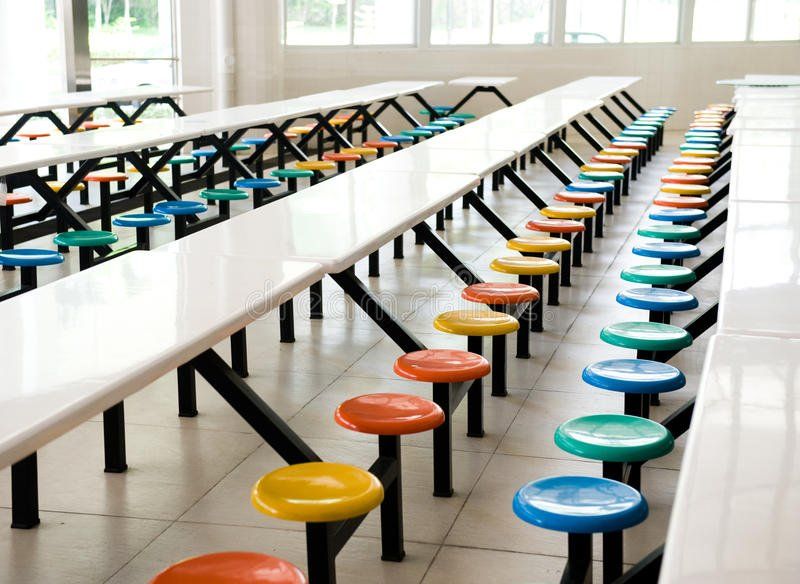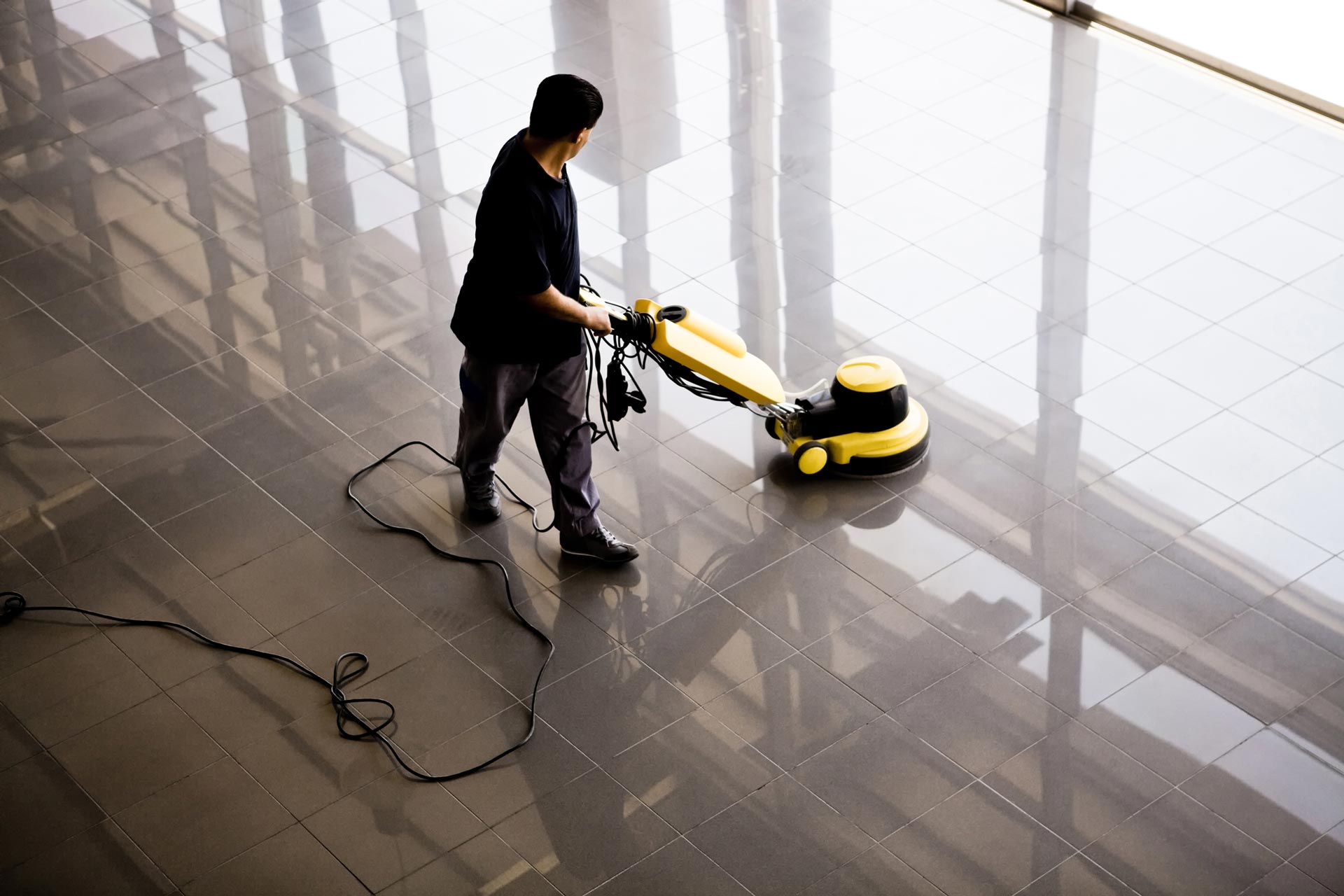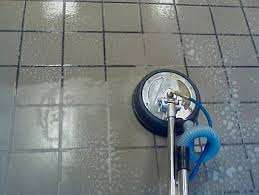Keeping our Schools Clean
If a student catches COVID-19, they may develop severe, life-threatening symptoms. Even if a child remains asymptomatic, they can quickly infect others. It’s more crucial than ever to keep schools as germ-free as possible.
Although the 2020 coronavirus is still new to the infectious disease scene, there are a few things we know about how it spreads. Respiratory droplets are the leading transmitter, but the virus can also live on surfaces for an undetermined amount of time. While there is no way to stop a virus in its tracks, it is possible to slow the spread and keep students and teachers healthy. However, proper cleaning involves more than a mop and bucket.
Follow these disinfecting tips to ensure the well-being of everyone at your campus:
1. Understand the Three Types of Germ Removal
Did you know there are three different ways to remove dirt and germs? If you answered no, you’re not alone. The average person doesn’t usually overanalyze how they clean. But when it comes to killing viruses, like COVID-19, you need to know the main techniques—cleaning, disinfecting, and sanitizing.
Cleaning is the most basic form of dirt removal. Growing up, your mom probably told you to clean your room several times each week. And when you actually followed through, you would pick up your toys, dust the furniture, and run a vacuum. Finishing this chore made your mom happy, and it made your room look nice. But did you kill all the germs lurking in your room? Probably not.
While basic cleaning won’t kill viruses or bacteria, it does remove dirt and lessens the number of germs on surfaces. Even though some germs will linger behind, cleaning surfaces does reduce the risk of infection. For this reason, frequent cleaning is essential when dealing with coronavirus.
Disinfecting is the second type of germ removal, and it’s often the most popular. Disinfecting takes cleaning to the next level. Whenever a janitor disinfects a room, they use potent chemicals to kill germs on contact. It’s important to note that this technique doesn’t always remove dirt. Professional janitors like to disinfect surfaces after a thorough cleaning.
The next level of germ-fighting above disinfecting is sanitizing. This technique brings germ counts down to a safe level, as determined by public health entities. When you kill enough germs, dangerous viruses don’t stand a chance. Keeping schools sanitized is one way to make sure students don’t go home with an illness.
2. Pay Attention to High-Touch Surfaces
Germs tend to congregate in abundance on high-touch surfaces. Think about the things students touch the most—doorknobs, keyboards, desks, and most classroom supplies. None of these are safe from the coronavirus, but with proper janitorial cleaning, you can kill and remove the majority of these germs.
Make it a priority to disinfect high-touch items and shared surfaces on a regular schedule. You should also clean any objects that are visibly soiled to help remove harmful germs. Wiping down high-touch surfaces is one of the most effective ways to curb the spread of coronavirus.
3. Stay on Top of Routine Disinfecting
When looking at the school budget for the year, it’s tempting to cut down on certain routine services. However, frequent cleaning and disinfecting is a proven way to reduce school-borne illnesses. Work with a professional janitorial company to determine how often you should schedule these essential services.
Germs don’t die as soon as they touch a surface. Many can live for several hours or days. The flu, for example, can survive on hard surfaces for up to 48 hours. Some experts believe the coronavirus could live even longer! Think about how often your students could potentially touch a contaminated surface during this period of time.
Viruses are no match for standard disinfecting techniques, however. Making it a point to clean every surface at the end of the day is enough to prevent a school-wide outbreak. Avoid using any irritant-causing chemicals, which may trigger skin reactions or asthma attacks. Instead, it’s better to turn your school over to a cleaning company with the tools and experience to disinfect everything the right way.
4. Follow the Instructions on All Cleaning Products
Believe it or not, there is a right way and a wrong way to clean a school. With coronavirus spreading like wildfire, now is not the time to take any shortcuts. According to the
CDC school disinfecting page, it’s crucial to follow the instructions on all disinfecting products.
Cleaning your school, the right way begins by washing all surfaces to remove dirt and germs. You only need water and a household cleaner to do this. Immediately after, you should use a powerful disinfectant to kill any germs remaining on the surface.
However, it’s important to note that disinfectants only work if you use them properly. Some products need to saturate an item for several minutes before wiping. For example, when using disinfecting wipes, you may need to keep the surface wet for a certain amount of time. Other products may have separate directions depending on if you want to use it for cleaning or disinfecting.
5. Protect Yourself…and Your Students
Cleaning supplies contain a variety of harsh chemicals. Some may even pose a risk to students if you mishandle them. For this reason, you must pay attention to any warnings on the label. Wearing protective gear while you clean is also recommended. Goggles will protect your eyes, while gloves will reduce the risk of skin irritation or chemical burns.
More is not always better—stick to only one or two cleaning products for the entire school. Mixing disinfecting products is also a huge no-no. The kids enrolled in a chemistry class this semester can tell you the dangers of mixing chlorine and anomia, for example. The wrong combination of chemicals could cause toxic fumes, explosions, or even death. The most skilled janitorial cleaning services know how to handle all types of disinfecting solutions. It’s best to leave hazardous chemicals to the pros.
6. Don’t Overlook the Trashcans
Schools accumulate trash each day. Think about all the trashcans hiding around your school. You probably have large garbage cans in the cafeteria, small waste bins in the bathrooms, and paper recycling buckets by the copier. Coronavirus doesn’t discriminate between different types of trashcans. These germs can thrive on any available surface.
Teach your staff and students how to handle waste in a safe manner. Toss used tissue into the proper receptacle immediately and consider installing no-touch trashcans. Provide disposable gloves to your entire faculty. Gloves are perhaps the best way to avoid direct contact with contaminated surfaces. Never reuse gloves, and remind your teachers always to wash their hands after use.
Where there are students, germs follow. Keeping schools free of germs is vital not only to the health of the student body but also to the well-being of the community. The coronavirus of 2020 puts everyone at risk. With reports showing COVID-19 is more contagious than the flu, regular school disinfecting should be a top priority. However, cleaning a school requires more than just a few tools. You need the right chemicals and techniques to kill as many germs as possible.
A healthy school means fewer absent students and higher levels of academic performance. Gator Cleaning Solutions wants to help keep your school free of harmful viruses and bacteria. Our highly-skilled crew knows how to distinct every surface so that the coronavirus doesn’t stand a chance. We follow strict protocols to ensure your school is safe for everyone. With our years of experience in the janitorial business, you can rest assured your school is in competent hands.
Are you worried about how the coronavirus pandemic will impact your school, staff, and students? COVID-19 is no match for the team at Gator Cleaning. Get in touch with us to find out how our janitorial services will keep you protected.
The post
Keeping our Schools Clean appeared first on
Gator Cleaning Solutions.
